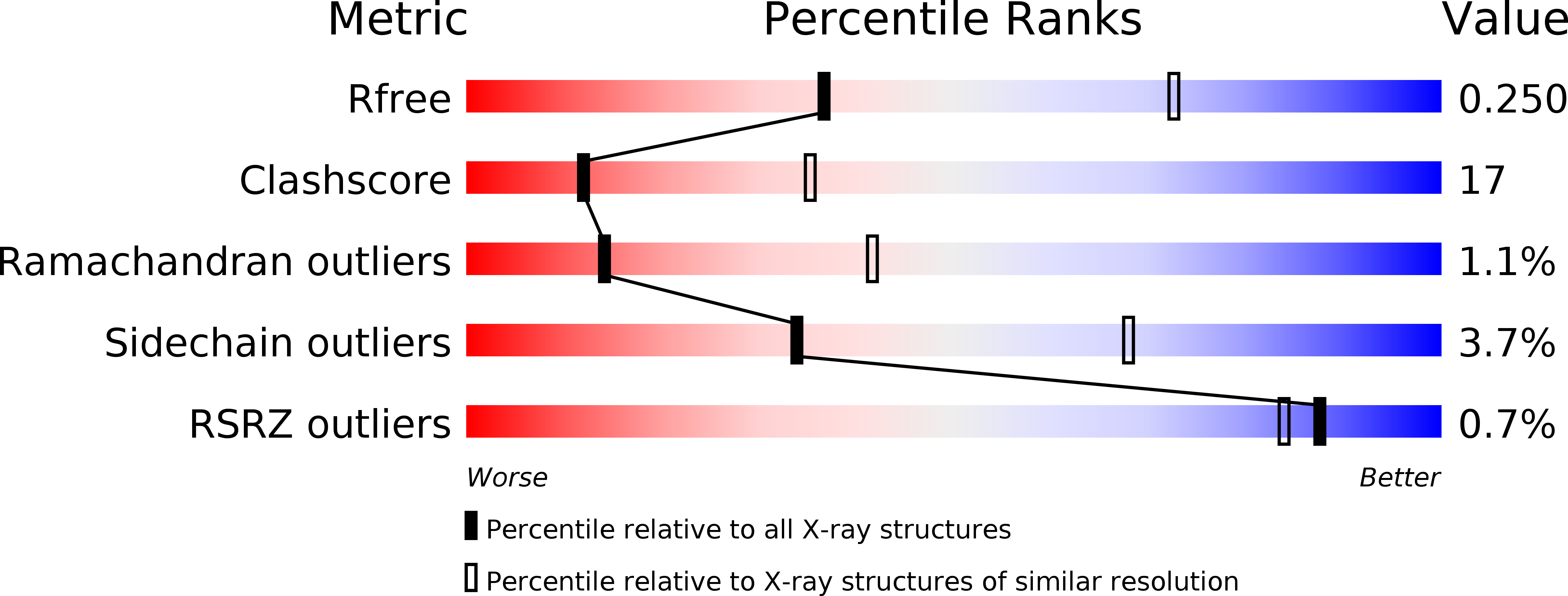
Deposition Date
2006-08-23
Release Date
2007-09-04
Last Version Date
2024-10-16
Entry Detail
PDB ID:
2J3Q
Keywords:
Title:
Torpedo acetylcholinesterase complexed with fluorophore thioflavin T
Biological Source:
Source Organism:
TORPEDO CALIFORNICA (Taxon ID: 7787)
Method Details:
Experimental Method:
Resolution:
2.80 Å
R-Value Free:
0.25
R-Value Work:
0.19
R-Value Observed:
0.19
Space Group:
P 32 2 1


